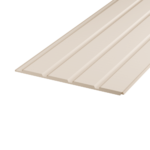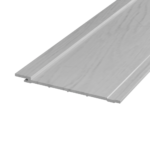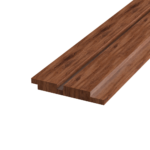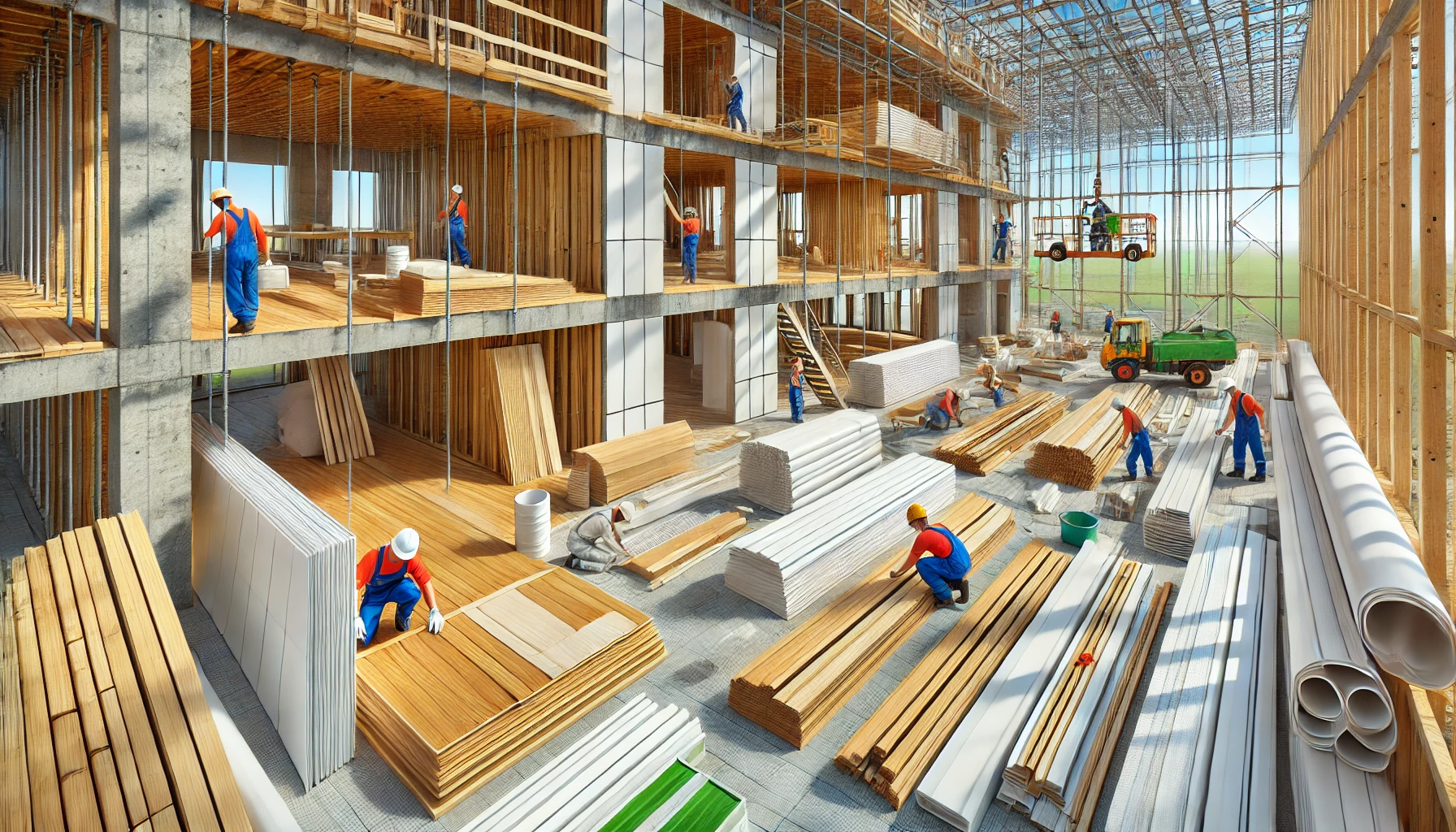As the world grapples with the pressing need for environmental conservation, the construction industry finds itself at a pivotal crossroads. Traditional building practices, often resource-intensive and environmentally harmful, are increasingly being scrutinized. In this context, sustainable building materials have emerged as a beacon of hope, promising to reduce the industry’s carbon footprint while promoting healthier living environments. Coastal Custom Products is at the forefront of this movement, offering a range of eco-friendly materials that not only meet rigorous sustainability standards but also deliver exceptional performance and aesthetics.
In this blog post, we will delve into the importance of sustainable building materials and explore the various types available, including those offered by Coastal Custom Products. We will also examine the challenges that hinder their widespread adoption and propose practical strategies to overcome these barriers. By understanding these obstacles and solutions, stakeholders in the construction industry can make more informed decisions that benefit both the environment and their bottom line. Ultimately, we aim to highlight the future potential of sustainable materials and their crucial role in shaping a greener, more sustainable world.
The Importance of Sustainable Building Materials
Sustainable building materials are essential for creating a more environmentally friendly and resource-efficient construction industry. These materials are designed to minimize waste, reduce energy consumption, and lower greenhouse gas emissions, contributing significantly to combating climate change. For example, using bamboo, a rapidly renewable resource, instead of traditional hardwoods can drastically reduce deforestation rates and preserve vital ecosystems.
Economic advantages also play a crucial role in the adoption of sustainable materials. While the initial costs may be higher, the long-term savings in energy and maintenance often outweigh these expenses. Buildings constructed with energy-efficient materials can significantly reduce utility bills, offering financial benefits to homeowners and businesses alike. Moreover, sustainable buildings tend to have higher market values and attract environmentally conscious buyers and tenants, further enhancing their economic appeal.
In addition to environmental and economic benefits, sustainable materials also offer health advantages. Many conventional building materials release volatile organic compounds (VOCs) and other harmful pollutants that can degrade indoor air quality. In contrast, eco-friendly materials such as low-VOC paints, natural fiber insulation, and sustainably sourced wood contribute to healthier indoor environments, reducing the risk of respiratory issues and other health problems.
Common Sustainable Building Materials
A variety of sustainable building materials are available today, each offering unique benefits and applications. Coastal Custom Products specializes in several key materials that exemplify the principles of sustainability and performance.
Laminated Bamboo Lumber

Bamboo is one of the fastest-growing plants on Earth, making it a highly renewable resource. Laminated bamboo lumber is strong, durable, and versatile, suitable for a wide range of construction applications. Its rapid growth cycle and ability to thrive without pesticides or fertilizers make it an environmentally friendly choice.
Thermally Fused Laminate (TFL)

TFL is created by fusing a decorative paper layer to a substrate using heat and pressure. This process produces a highly durable surface that resists scratches, stains, and wear. TFL is eco-friendly because it uses less energy and raw materials than traditional laminates and often incorporates recycled content.
Polyvinyl Chloride (PVC)

While PVC has faced criticism for its environmental impact, advances in recycling technologies have made it a more sustainable option. Recycled PVC reduces the demand for virgin materials and minimizes waste. It is also highly durable, resistant to moisture, and requires minimal maintenance, making it a practical choice for various building applications.
Sustainable Wood

Wood certified by the Forest Stewardship Council (FSC) ensures that it has been sourced from responsibly managed forests. This certification helps protect ecosystems and promotes sustainable forestry practices. Using FSC-certified wood reduces the environmental impact of construction while supporting ethical forest management.
Other Materials:
Recycled Plastic Lumber
Made from recycled plastics, this material is durable, low maintenance, and diverts plastic waste from landfills.
Rammed Earth
Utilizing natural soil and minimal cement, rammed earth walls offer excellent thermal mass and low embodied energy.
Cork
Harvested from the bark of cork oak trees, cork is renewable, provides good insulation, and is biodegradable.
AshCrete
A sustainable alternative to traditional concrete, AshCrete is made from fly ash, a byproduct of coal combustion, reducing waste and carbon emissions.
Ferrock
Made from recycled materials, including steel dust, Ferrock is stronger than traditional concrete and sequesters carbon dioxide during production.
Challenges to Adopting Sustainable Building Materials
Despite the clear benefits, several challenges hinder the widespread adoption of sustainable building materials. Addressing these barriers is crucial for advancing sustainability in the construction industry.
Cost Concerns
One of the most significant barriers is the higher upfront cost of sustainable materials compared to conventional alternatives. Although these materials often offer long-term savings through reduced energy bills and maintenance costs, the initial investment can be a deterrent for many builders and developers.
Lack of Awareness
Many stakeholders in the construction industry, including architects, builders, and consumers, are not fully aware of the benefits and availability of sustainable materials. This lack of knowledge can lead to a preference for traditional materials and practices.
Supply Chain Issues
Ensuring a consistent and reliable supply of sustainable materials can be challenging. Limited availability and higher transportation costs can complicate procurement and increase project timelines and expenses.
Performance Misconceptions
Some builders and developers may doubt the durability and performance of sustainable materials, fearing that they may not match the reliability of conventional options. These misconceptions can hinder the acceptance and use of eco-friendly materials.
Regulatory Hurdles
Building codes and regulations in some regions may not fully support or recognize the use of sustainable materials. Outdated standards and lack of incentives for green building practices can pose significant challenges to their adoption.
Strategies to Overcome Adoption Challenges
To promote the adoption of sustainable building materials, it is essential to address the challenges outlined above through targeted strategies.
Educating Stakeholders
Raising awareness about the benefits and availability of sustainable materials is crucial. This can be achieved through industry conferences, workshops, and educational campaigns aimed at builders, architects, and consumers. Providing comprehensive resources and case studies can help demonstrate the viability and advantages of eco-friendly materials.
Financial Incentives
Utilizing government subsidies, tax breaks, and other financial incentives can help offset the higher upfront costs of sustainable materials. Incentive programs that reward green building practices can encourage more developers to adopt eco-friendly options.
Building Strong Supply Chains
Developing robust supply chains is vital for ensuring the availability of sustainable materials. Partnering with reliable suppliers, investing in local production, and supporting sustainable forestry and manufacturing practices can help stabilize supply and reduce costs.
Showcasing Success Stories
Highlighting successful projects that have utilized sustainable materials can help dispel performance misconceptions and demonstrate their practicality. Showcasing real-world examples can build confidence among stakeholders and encourage broader adoption.
Advocating for Regulatory Change
Working with industry groups and policymakers to update building codes and standards to include sustainable materials is essential. Advocacy efforts can help create a regulatory environment that supports and incentivizes green building practices.
The Future of Sustainable Building Materials
The future of sustainable building materials looks promising, with ongoing advancements and increasing adoption rates. Emerging technologies and innovative materials are set to revolutionize the construction industry, offering even greater sustainability and performance.
Innovations such as self-healing concrete, bio-based composites, and 3D-printed materials are pushing the boundaries of sustainable construction. These technologies promise to enhance the durability, efficiency, and environmental friendliness of building materials.
As awareness and availability of sustainable materials continue to grow, their adoption is expected to become more widespread. Market trends indicate a shift towards green building practices, driven by consumer demand and regulatory pressures.
Sustainable building materials play a crucial role in addressing global challenges such as climate change and resource depletion. By reducing the environmental impact of construction, these materials contribute to a more sustainable future for the planet.
Conclusion
Sustainable building materials are essential for creating a greener, healthier, and more economically viable construction industry. Overcoming the challenges to their adoption requires concerted efforts from all stakeholders, including builders, architects, consumers, and policymakers. By embracing eco-friendly options and implementing the strategies outlined in this blog post, we can break down the barriers to sustainability and pave the way for a more sustainable future.
Coastal Custom Products remains committed to providing high-quality, sustainable building materials that meet the needs of modern construction while protecting our planet for future generations. Consider incorporating sustainable materials into your next construction project and join us in building a better, more sustainable world.



